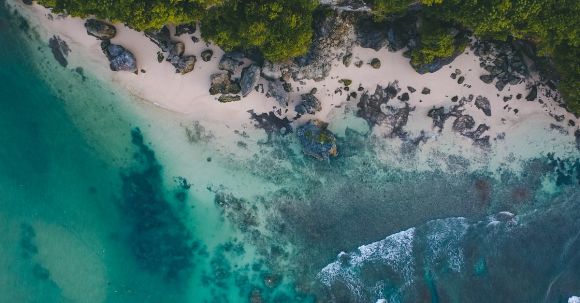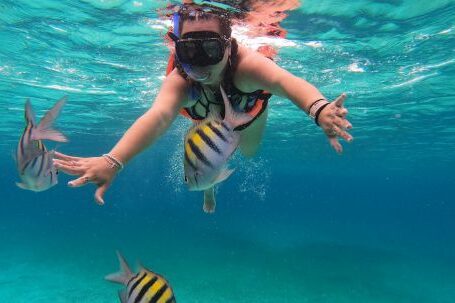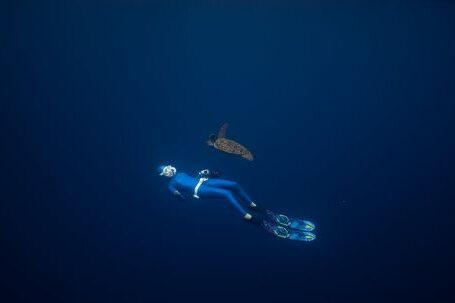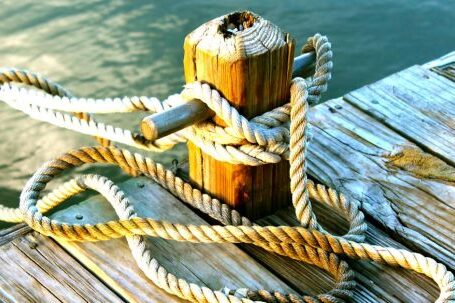Exploring the underwater world is an exhilarating experience. From vibrant coral reefs to majestic marine life, there is much to discover beneath the surface. One exciting way to delve into this underwater realm is through drift diving. Drift diving allows divers to ride the ocean currents, effortlessly gliding along as they encounter mesmerizing sights. In this article, we will delve into the world of drift diving and explore its allure.
What is Drift Diving?
Drift diving is a type of scuba diving that involves diving with the natural flow of ocean currents. Unlike traditional diving, where divers swim against the current or remain stationary, drift diving embraces the movement of the water. This allows divers to cover a larger distance and witness a wider range of marine life in a single dive.
Safety First: Dive Planning and Preparation
Before embarking on a drift dive, proper planning and preparation are essential. It is crucial to choose a dive site suitable for drift diving, where currents are predictable and manageable. Conducting thorough research and consulting with experienced local divers or dive operators can provide valuable insights into the best locations for drift diving.
Divers must also ensure they are equipped with the necessary gear for a drift dive. This includes a surface marker buoy (SMB) or safety sausage to signal their location to boats or other divers, as well as a reef hook to secure themselves in place if needed. Additionally, a dive computer or timing device is essential for monitoring dive time and depth.
The Thrill of Drift Diving
Once the necessary preparations have been made, it’s time to dive into the exhilarating world of drift diving. As divers descend into the water, they surrender themselves to the current, allowing it to carry them along. The feeling of effortlessly gliding through the water is unparalleled, providing a sense of freedom and weightlessness.
As divers drift along, they are treated to a constantly changing underwater landscape. Vibrant coral reefs, teeming with life, pass by in a mesmerizing display. Schools of fish swim by, their synchronized movements a testament to the wonders of the ocean. Larger marine creatures, such as turtles or rays, gracefully glide through the currents, captivating divers with their elegance.
Adapting to Drift Diving
Drift diving requires divers to adapt their diving techniques to accommodate the current. Instead of focusing on propulsion, divers must focus on buoyancy control and navigation. Maintaining neutral buoyancy is crucial to avoid unnecessary exertion and conserve energy. Divers must also pay close attention to their surroundings and adjust their course accordingly to avoid obstacles or straying too far from the intended dive site.
The Importance of Dive Buddies and Communication
As with any form of diving, having a reliable dive buddy is essential for drift diving. Dive buddies serve as a crucial safety net, keeping an eye on each other and ensuring a safe dive. Communication becomes even more critical in drift diving, as divers may become separated due to the current. Establishing clear hand signals and using dive communication devices, such as underwater radios or noise makers, can help maintain contact and ensure a smooth dive.
In Conclusion
Drift diving offers a unique and thrilling way to explore the underwater world. By riding the ocean currents, divers can cover more ground and witness an array of marine life. However, proper planning, preparation, and adherence to safety protocols are essential for a successful drift dive. So, if you are seeking a dive adventure like no other, grab your gear, find a suitable location, and dive into the enchanting world of drift diving.





